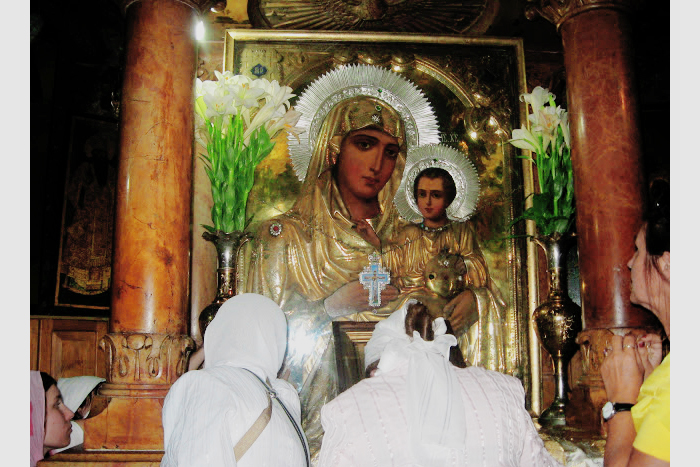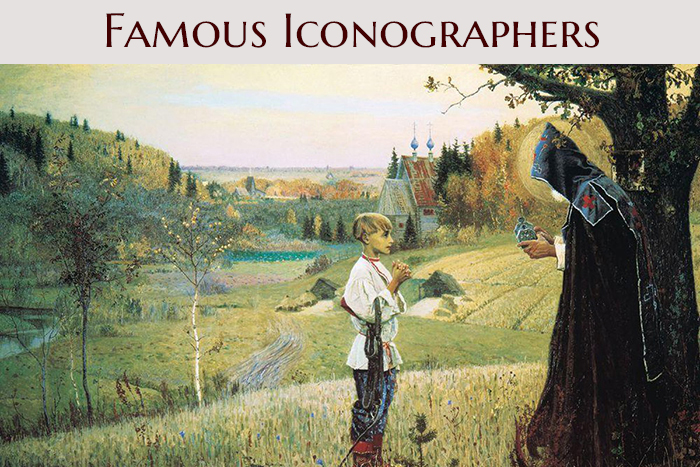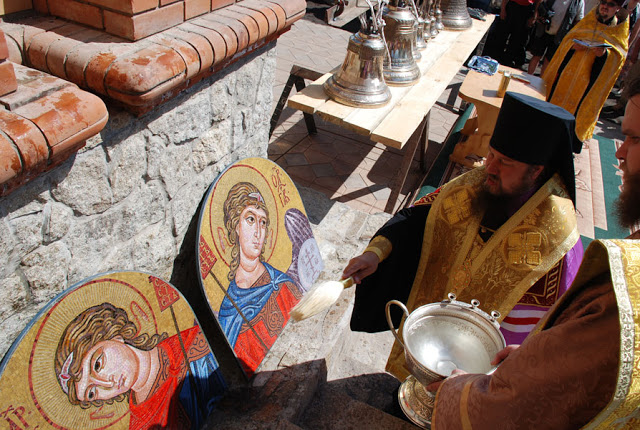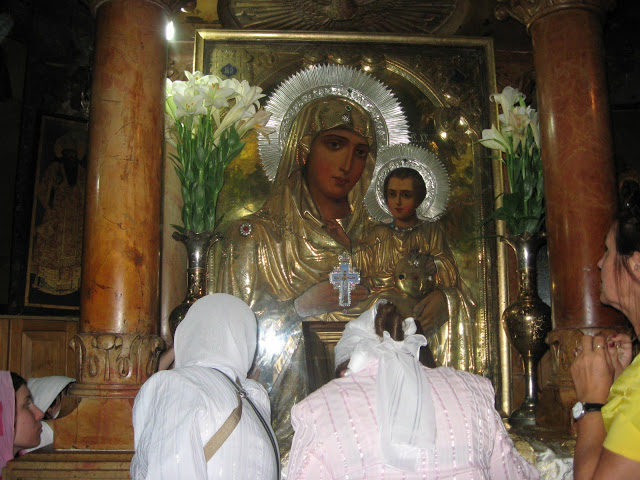
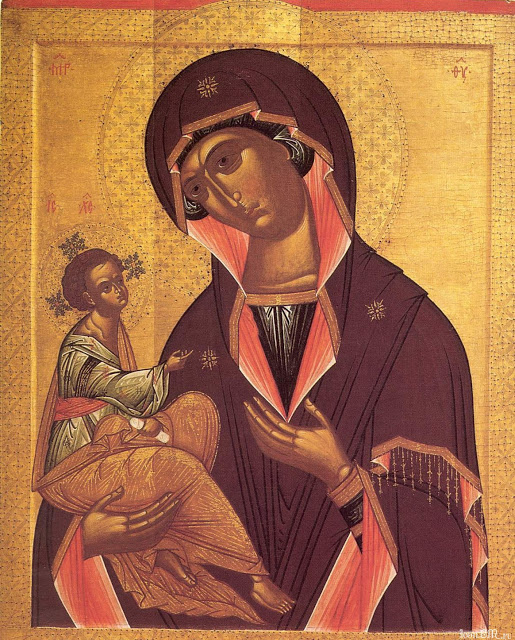
In the year 463 the image was transferred to Constantinople. By the intercession of the Jerusalem Icon of the Most Holy Mother of God the Byzantine army repulsed an invasion of the Skyths. In 988 the icon was transferred to Korsun and given to the holy Equal-to-the-Apostles prince Vladimir. When the people of Novgorod accepted Christianity, Saint Vladimir then sent them this image. Ivan the Terrible in 1571 transferred the icon to the Moscow Uspenie (Dormition) cathedral. During the time of the Napoleonic invasion of 1812 the original vanished and was replaced by an accurate copy.
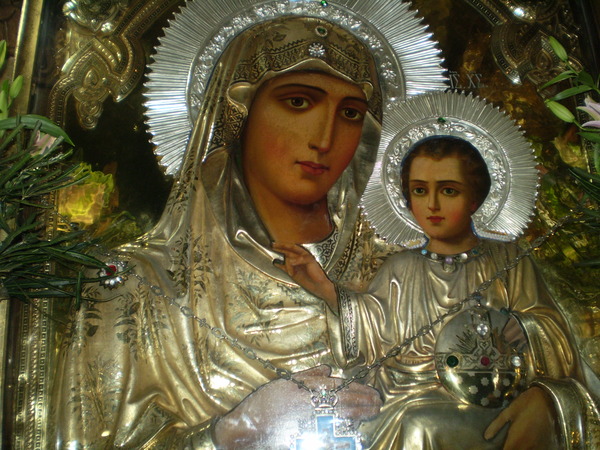
the foothills of the Mount of Olives, where the Saviour often prayed with His disciples. It is attributed to the Theotokos since it is believed that the Apostles gathered at this location and buried the most-pure body of the Mother of God. Her icon remains there as an endless spring of blessings for all the Christians, celebrated (or venerated) by the name “Panagia Ierosolimitissa”.

